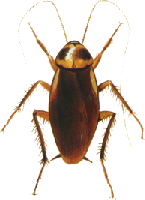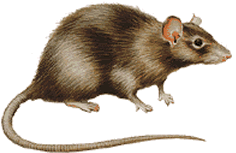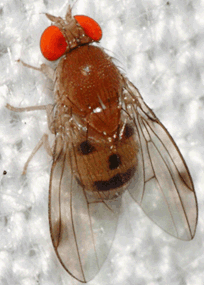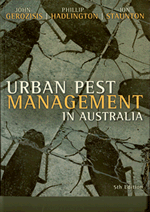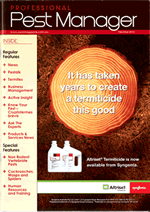Food Act NSW section 21 requires a food handling business to comply with the Food Safety Standards
Food Safety Standard Div 3.2.2 sec 24 requires a food business to undertake all practicable measures
♦ to prevent pests entering food premises, and
♦ to eradicate and prevent harbourage of pests on the food premises.
There is NO definition of "all practicable measures" --- In my opinion this should include - inter alia -
♦ all cracks and crevices in the premises are sealed to prevent pest entry particularly during night time closure periods - when cockroaches and rodents are most likely to be active close by.
♦ physical barriers are in place to prevent entry from outside or subfloor areas eg sealing of gaps in floor-boards - vents - plumbing and electrical penetrations - use of fly screens and the like.
♦ a documented regime of inspection of incoming goods for evidence of cockroaches and their egg sacs.
♦ sealed storage of food ingredients when not in use - particularly during overnight closure.
♦ strorage containers etc kept off the ground - cockroach / rodent harbourage areas.
♦ cleaning of premises at closing time to minimize moisture / food particles available for food pests.
♦ inspection of the premises when first opened to check for any live cockroaches rodents etc.
♦ use of cockroach glue boards - to monitor results / effectiveness of control.
♦ professional pest control is used in medium to high risk situations - best to implement this during spring - ahead of busy summer period when entire industry is flat-out.
♦ documentation of a custom-made Pest Control Strategy including details of pest sightings - action taken - monitoring results - pesticides used - quantities applied - reasons why pesticide used is the safer most effective product in the circumstances.
There is NO mention in the Food Standards of the use of safer pesticides ♦ nor on Food Authority website.
NSW WorkCover Pest Controller Licensing ♦ A Minimalistic
Approach
?
A Pest Control Business is NOT registered or licensed ♦ but must employ at least ONE licensed individual
To get a Pest Control Licence - some RTOs offer a ONE Week Course - some just modules the student completes privately with a 3 hour face to face "Competancy Assessment" Statement of Attainment - the basis of which a Pest Control Licence is issued by WorkCover - no field work experience is specified.
Licenced PCOs are registered (such a register is NOT available to the general public)
Trainees are NOT registered by WorkCover.
Trainees can apply pesticides in a food business - without the need for direct (in person) supervision.
See attached email from WorkCover 10 Sept 2013 re status of pest control regulations - click here
It appears trainees can in practice - extend their "traineeship" ad infinitum ♦ without completing a course - many enter the industry during busy summer period - only to disappear during winter..
In general it is my observation and industry feedback confirms that many newly licensed PCOs are ignorant of latest technologies ♦ Price cutting and inadequate servicing is common in the marketplace.
I am unaware of any NSW WorkCover inspections or investigations being carried out pertaining to our industry for many years - it appears pest control licensing and regulation is a low priority.
Strongly Recommend that a Council Order be formulated and applied
to ensure;
In medium to high risk situations that it be mandatory that a Licensed PCO be used (not a Trainee)
- the licensed person has Pest Control Cert 3 or 4
(not just a Statement of Attainment)
Upon using a pesticide in Food Premises - the Pesticide Applicator shall sign the related Pest Control Service Report - noting their name - WorkCover NSW Licence Number and the Year Issued
.
A Documented Pest Control & Pesticide Safety Strategy be mandatory that notes reasons why the pesticides used are the safest and most effective in the circumstances - the licensed personnel to be used - their qualifications and experience - public liability and professional indemnity insurance cover.
|



